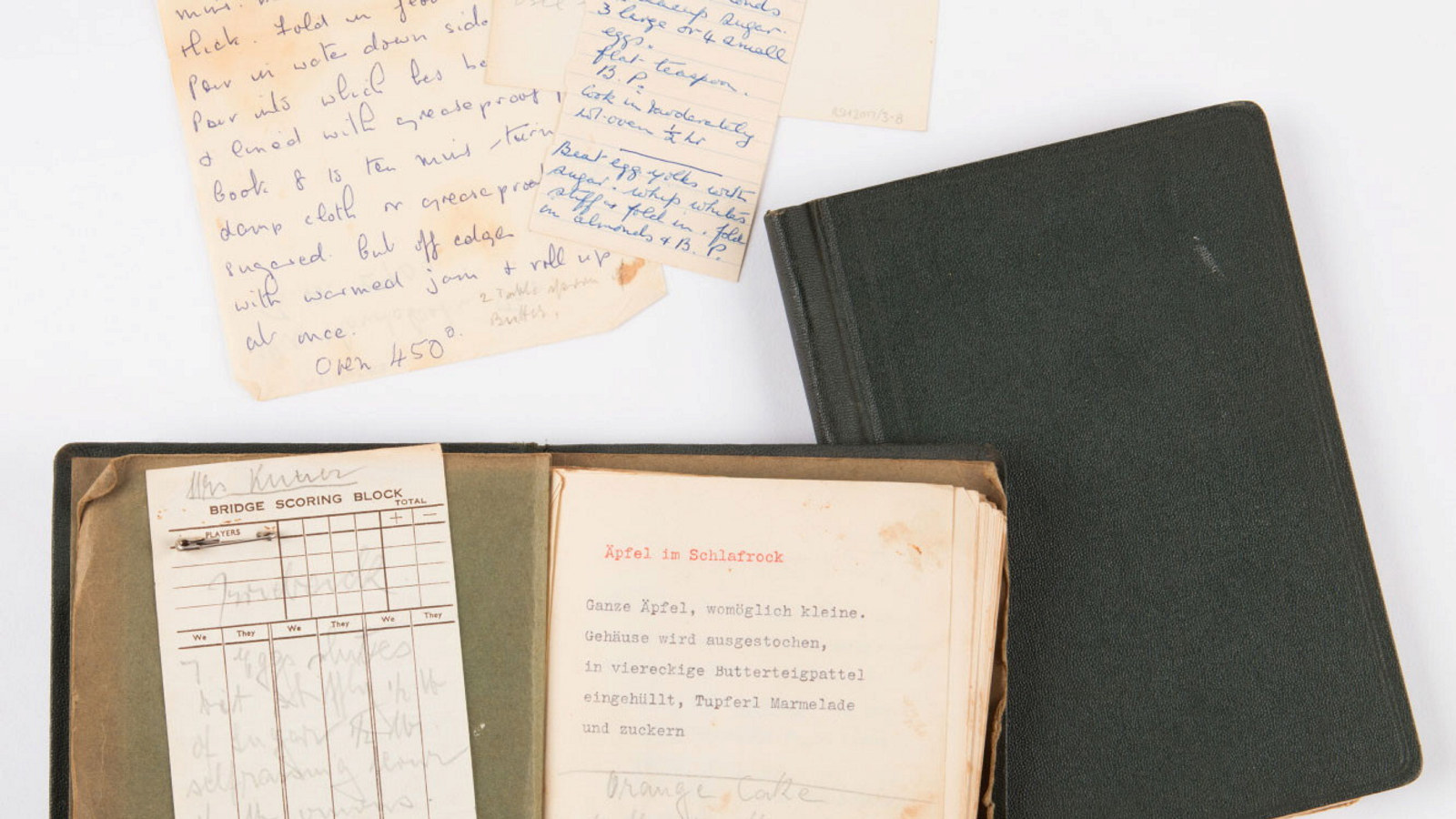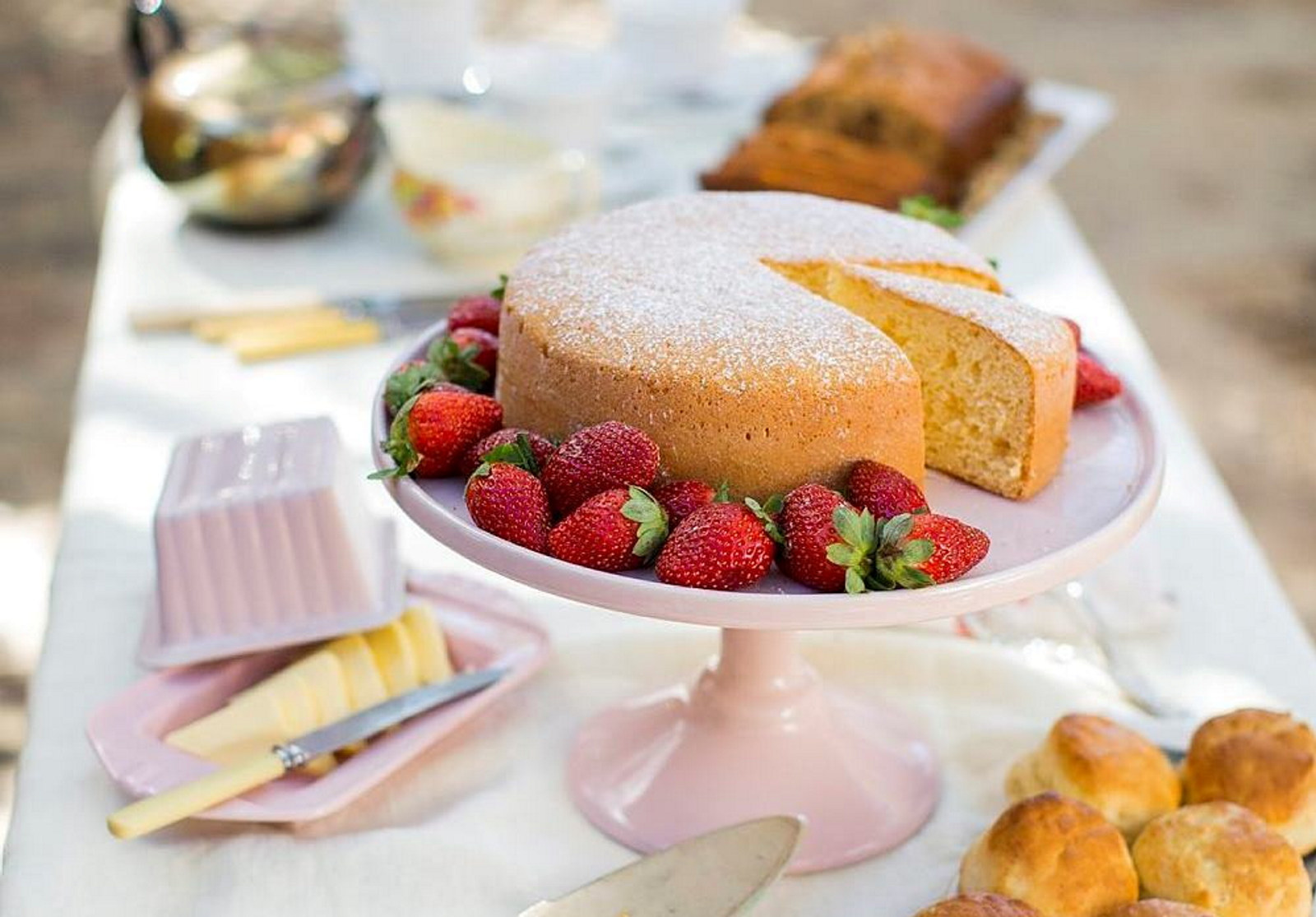The Art of Food – Food Glorious Food!
Food Glorious Food! Where would we be without it. The production and consumption of food has always played an important role in the history of New South Wales.
Here is a selection of State archives that highlight what we have been eating in the home and on show.
Bon appetit!
Starvation in 1788
When the First Fleet arrived in 1788 it faced starvation in the first few years. Many of the convicts had no knowledge of farming techniques and the tools and seeds brought over from Enlgand proved to be unsuitable for Australian conditions. In December 1790 Governor Phillip was quick to herald the first successful harvest in the Colony of 25 bushels of barley. James Ruse and John Macarthur were among some of the early success stories of cultivating the land. Macarthur went on to lead the way in the establishment of the sheep industry, the Colony’s first export.
Food Rations
Rationing was a necessity for many years. Convicts and soldiers received a weekly ration of:
- 7 pounds of beef or 4 pounds of pork
- 7 pounds of bread or flour
- 3 pints peas
- 6 oz of butter
- 1/2 pound of rice or flour (from HRA vol. 1, p.44)
Tea, sugar and tobacco were regarded as indulgences and could be withheld for bad behaviour.
Rations for Female Convicts
At the Female Factory at Parramatta, each woman was given a weekly ration of:
- 7 pounds of bread
- 3.5 pounds of fresh meat
- 1 pound sugar
- 2 oz tea (from Convict Guide, p.90)
These rations don’t seem much when you consider that many of these convicts were taking part in hard physical labour such as road gangs. Rationing for convicts continued until the 1840s.
This is a petition to Governor Macquarie from Mary Jones and four of her eight children to be victualled from the Government Stores. There is a note at the bottom left hand side of the letter from William Cowper stating that Mary had eight children. Mary's husband had left Sydney and gone "up the country to seek a living". Mary pleads for humane consideration of her "very low and miserable circumstances" that had left them "real objects of Charity". Mary and four of her children were victualled for six months.
A list of weekly ration supplies, dated 24 September, 1823. The columns across the top include fresh meat, Wheat, Wheat or Flour, Maize, Wheatmeal, Sugar, Tea and Spirits. There are rations for military personnel, male and female convicts and children. The areas included are Newcastle, Sydney, Parramatta, Bathurst, Liverpool and Emu Plains. It is interesting to note that the female ration is about half that of the men and children receive a lot less. Those convicts working at Emu Plains (probably on the Government Farm) and the Parramatta [Female] Factory are allowed more rations due to the manual labour undertaken.
This is part of a letter of instructions sent to Peter Cunningham, the Surgeon and Superintendent on board the Grenada, from the Colonial Secretary's Office, dated 10 August 1824. The Grenada sailed from London on 2 October 1824 and arrived in Port Jackson on 23 January 1825. Section 5 states that lemon juice and sugar should be rationed to the female convicts once the voyage was three to four weeks from port. The ration was for one ounce of lemon juice and one ounce of suger per woman per day. It was allowed to be served with wine or as a sherbet.
Farming Industry
The farming industry and food culture expanded greatly from the 1850s onwards as more immigrants arrived in the Colony from all over the world. Many of the dinner and luncheon menus that have survived from the 1920s and 1930s though, have a decidedly French or English feel.
This label for olives is from the Wagga Wagga Experiment Orchard. NSW has a long history of government farms with the well-known Experiment Farm at Parramatta on the site of the first land grant to James Ruse and the oldest European homestead. Other well-known farms were at Toongabbie (1791-1801), Castle Hill (1801-10) and Emu Plains (1819-32). The Wagga Experiment Farm was established in 1892.
This illustration and photo is part of a series of illustrations that were published in the NSW Agricultural Gazette. This illustration depicts the flow of fruit from where it was grown on the farm, sold at market (see photo in centre) and then sold on to the consumer, in this case a couple of women outside their home.
Teaching Domestic Science
School photos
How many of you remember getting milk in school? The program started at the beginning of the twentieth century with kindergarten, infants and primary school children receiving free milk to improve their nutrition and general health. Between 1951 and 1973 the Commonwealth Schools' Free Milk Scheme provided one third of a pint of whole milk per day to primary school children throughout Australia. The scheme ceased in 1973 but was reintroduced in 1994.
On the railways
Food Relief
Food for Britain
This photo, taken around 1946, shows a collection of canned good and other items that were probably collected to be sent to Britain as part of the "Food for Britain Scheme". Even though World War II had ended in 1945 Britain still endured rationing up until 1954. Many Australians with friends and relatives in Britain starting sending food parcels which required custom labels and stamps. NRS 15051/14 Castle Hill Public School.
Unemployed Food Relief Book
This is a very rare example of a Unemployed Food Relief book. There are three volumes, one each for meat, grocery and bread. The store name is at the top of the page (J McLean, Little St, Murrurundi) and then the recipients of the rations are listed below. The name of the police officer who oversaw the issuing of the food is at the bottom of the page along with the issuing date (6 January 1938). No other examples of rationing books or coupons appear to have survived in our collection. RNICG [34/3418 #27585]
Recipes and Menus
This handwritten recipe for raspberry jelly seems quite basic and there are no pig's feet in sight. The recipe calls for sugar, red colouring and raspberry concentrate to be mixed well. Tartaric acid (to stabilise) and gelatine are then added to the mixture which is finally sifted several times to create the jelly crystals that we are more familiar with. NRS 5023 [5/147, p.157]
This page outlines the menu for a week at the Girl's Training Home at Parramatta. It includes Christmas Day at the top of the page and there are special treats like soft drinks, plum pudding, custard and cake included. The rest of the week contains a fairly standard menu that is repeated without variety for a number of years: Monday bolied mutton; Tuesday roast beef; Wednesday roast mutton; Thursday corned beef; Friday fish. The menu also lacks much variety in the vegetables and fruit available to the girls. NRS 14743 [5/3425].
Menus
1-2. Luncheon menu for the opening of Federal Parliament, 1901. This French inspired menu starts with oysters, then consomme (with savoury egg custard cut into shapes), followed by fish, roast duck, beef, roast turkey, ham and asparagas. An entremets is a side dish, this one is comprised of desserts: Charlotte Russe (a moulded bavarian cream and sponge cake), Champagne jelly and Glace a la Nesselrode (iced pudding with glace fruit). The luncheon was finished with dessert and coffee. NRS 4473 [X719].
3-4. Dinner hosted by the NSW Parliament on 19 April 1924 for Vice Admiral Sir Frederick Field and his fellow officers of the British Special Service Squadron. This substantial dinner menu starts with oysters, olives and cheese straws, followed by two choices of soup, then fish, beef, wild duck roast turkey and york ham. Dessert is very much like the previous menu with Charlotte Russe and Ices Nesselrode alongside Diplomatic Pudding (bread, milk, rum and canned fruit). The dinner is finished with Chicken Mould, Welsh Rarebit, fruit and coffee. NRS 4474 [1/265 item G]
Published on
Related
Browse all
History with flavour
Good food and generous hospitality were part of the rhythms of domestic life at Rouse Hill House. A collection of cookbooks and handwritten recipes accumulated over more than a hundred years remains in the house, and provides a taste of the family’s culinary repertoire through times of boom and bust

Cook & Curator
Translating tastes: the Rose Seidler recipe collection
Recently translated from the original German, recipes kept by Rose Seidler provide valuable insight into her culinary heritage and Austrian identity

Cook & Curator
Eier auf Florentiner Art (Eggs Florentine)
This classic recipe is simple to make yet rich and flavoursome. Perfect for a weekend brunch or a light supper

Reviving an heirloom recipe
Wedged between the pages of an old family cookbook is a manuscript recipe for Meroogal Sponge